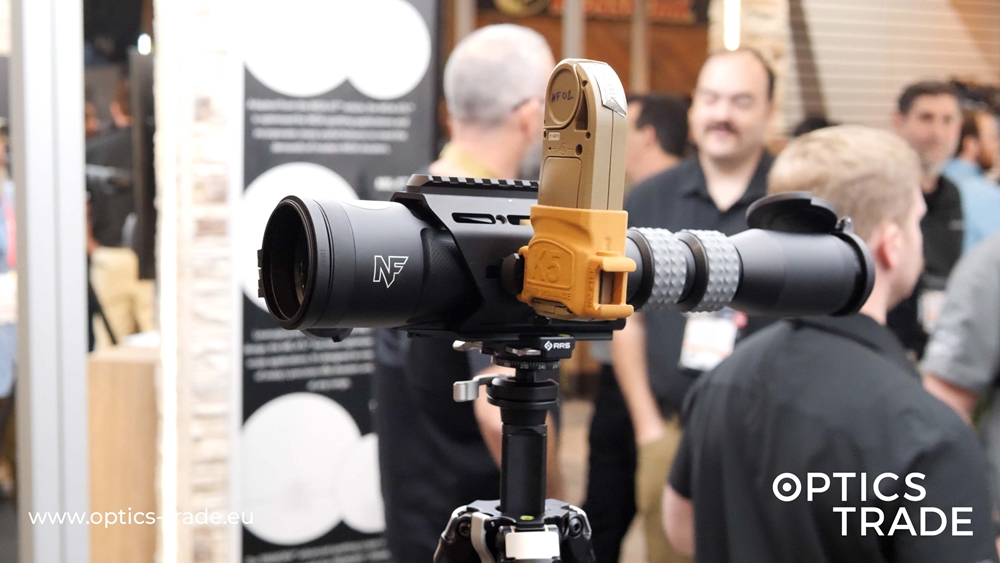Hello and welcome to another episode of Optics Trade Debates. Today, we are going to answer one of the questions related to the topic of spotting scopes, that is: how do they work?
The answer to this question is quite complex, so we are going to try and make it as simple as possible. A spotting scope features a series of lenses and a prism system. The lenses’ job is to magnify the image, while the prisms are used to rotate the image, so we do not see it turned upside down.
Basically, spotting scopes provide us with a magnified image of an object. If we had to define them in terms of size, they are somewhere between binoculars and telescopes. Because they are usually bigger, they should be mounted on a tripod to provide us with a steady image. With a straight spotting scope, we also frequently lean them against something like a branch or a tree.
When it comes to magnification, spotting scopes usually have a variable one that starts as low as 12x, and goes all the way up to 100x – it depends on what area you are planning on using it in. Moving on to objective lenses, these are also different. Lenses can be from 50 mm wide to even 115 mm. The size of an objective lens determines the brightness of an image – the objective lens diameter and the magnification number determine the exit pupil. And the bigger the exit pupil, the brighter the image the scope provides.
The coatings are also extremely important when it comes to how spotting scopes work. We usually come across the term ‘fully multi-coated, which is used with most optics priced 150 € and above. This means that there are several layers of coatings on all optical surfaces inside the spotting scope. This increases the light transmission rate, improves image quality and contrast.
Close focus refers to the closes distance at which we can observe objects. It is usually 6 m, so spotting scopes are not ideal for observing objects at closer distances because they have bigger magnifications and are suitable for observing at longer distances.
What is also important is eye relief, which is the distance you must hold your eye from the lens of a scope in order to see the entire image produced by the scope. Eye relief is also important for those who wear eyeglasses. Also, keep in mind that all spotting scopes are not suitable for eyeglass wearers – you need at least 14 mm, 15 mm of eye relief for comfortable viewing.
Products mentioned in the How Do Spotting Scopes Work? debate:
Spotting scopes: https://www.optics-trade.eu/si/spotting-scopes.html
Follow us on social media:
Facebook: https://www.facebook.com/OpticsTrade/
Instagram: https://www.instagram.com/opticstrade.hunting/
Blog: http://optics-info.com/
Flickr: https://www.flickr.com/photos/opticstrade/albums
Pinterest: https://www.pinterest.co.uk/opticstradeeu/
LinkedIn: https://www.linkedin.com/company/optics-trade




